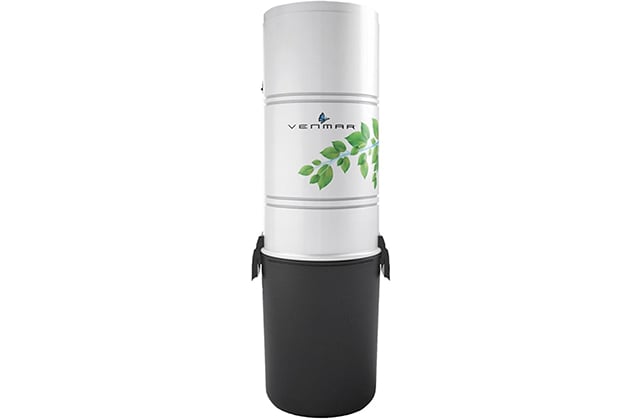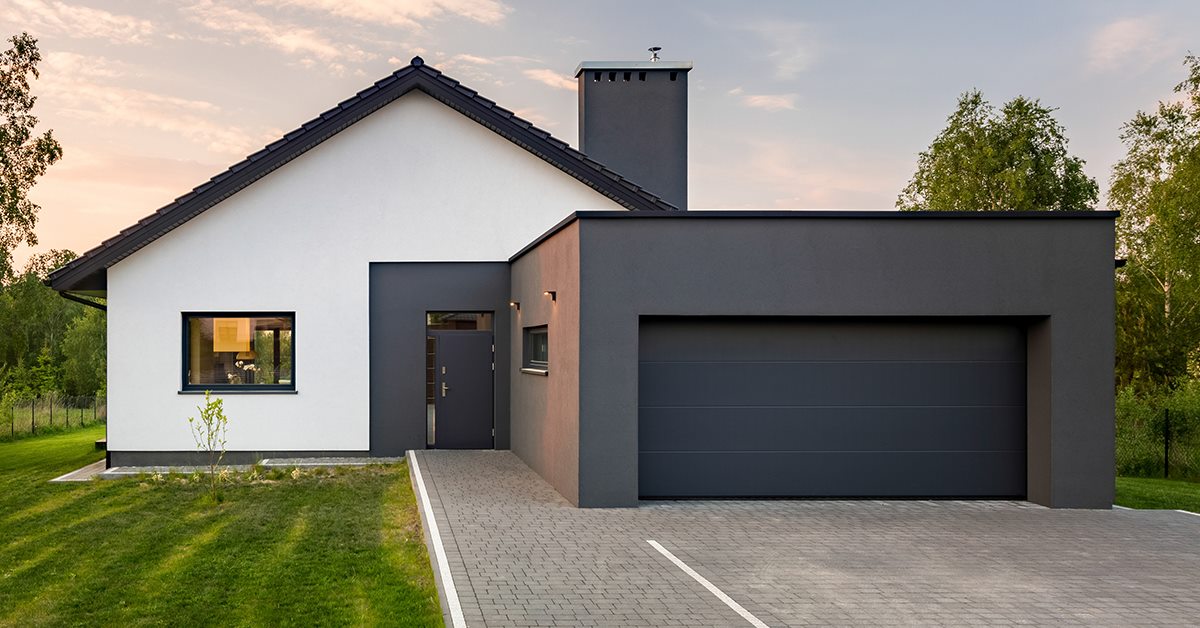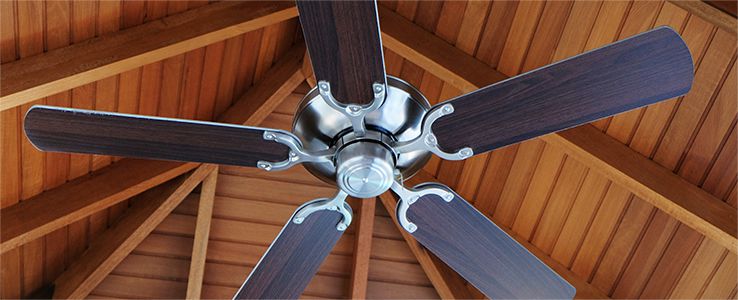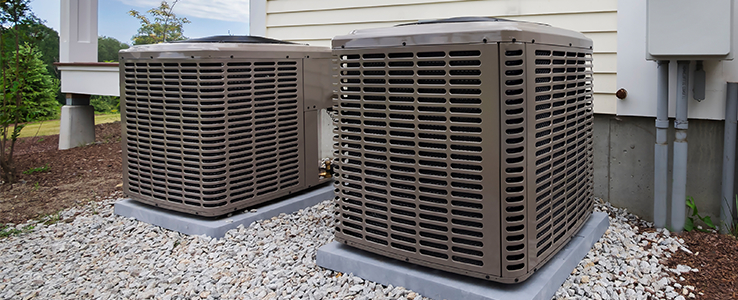The advantages of installing a central vacuum system
Once installed, a central vacuum system requires little maintenance and can be adapted to difference spaces and cleaning needs.
A versatile and accessible cleaning tool
Central vacuum systems offer cleaning convenience because they have inlets on each floor and in several locations. There is a higher chance that occupants will clean more frequently if a central vacuum is installed in the home.
A central vacuum is versatile and convenient; it can be used for all types of flooring as well as for unusual tasks such as pet grooming and concrete floor scrubbing.
Eliminating fine particles
Central vacuums allow for superior cleaning compared to traditional portable vacuums. Regardless of the central vacuum model chosen, the power is about three to five times greater than that of a mobile vacuum cleaner.
Central vacuum systems are highly effective at sucking up fine particles of dust, dirt, and other allergens and particles into a collection canister.















